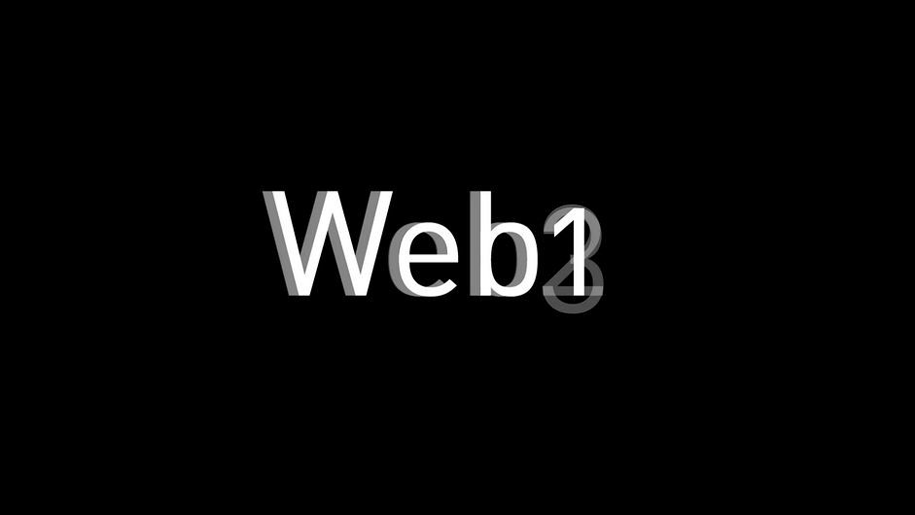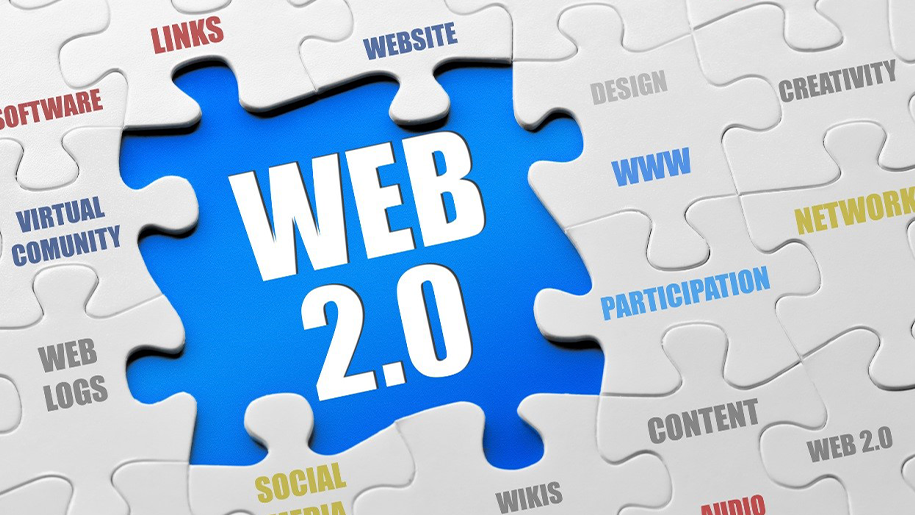What Is Web3 & How It Will Transform the Future of Communication and Marketing
Before answering the question of what Web3 is, it is better to start with a background.
Concentration on the Internet environment has made it easy for many people around the world to use it.
The big problem is that the information of billions of peopleInternetInternet is concentrated in the hands of a few companies and institutions. These institutions can decide for us what content to see and what content not to see. At the same time, they have full access to all the information of Internet users.
The only invention that can save mankind from this problem is Web3. The third-genInternetinternet destroys monopolies in the web world and the big tech giants have no access to your information.
Emphasizing decentralization of ownership, Web3 gives everything to its users and takes power away from large corporations.
In this article, we will fully explain Web3 and how it affects businesses and customers. So stay with us until the end of the article.
A brief history of the first and second generation internet
Before answering the question of what Web3 is, it is better to briefly familiarize ourselves with the first and second generations of the Internet.
Most people think the Internet was invented overnight and has been available to the public ever since. If this idea is completely wrong, the Internet is divided into the first and second generations, which we will explain to you to help you better understand.
First-generation Internet
In 1989, at CERN in Geneva, Tim Berners-Lee began building the protocols that would create the World Wide Web. He wanted to work with the idea that people from anywhere on the planet could share information decentralizedly.

Getting to know Web1
This Berners-Lee invention, which existed from 1990 to 2004, was named Web1.
The first-generation web, also known as the reading web, was mainly owned by specific websites and companies. Users could only read its content without any interaction, and only a few people could produce content within it.
Second-generation Internet

What is Web2?
The second generation of the Internet was born in 2004, and social media was created. People in this generation of the web were not just readers; they could experience reading and writing together!
Different companies no longer produced content for users; instead, platforms were created so that users could interact with and share their content.
In this model, companies can fully control the traffic and content of users.
Also, the second-generation web created a revenue model based on advertising (such as Facebook, Instagram, Google, etc.). In this revenue model, users do not get any profit, and they only produce content. The main income belongs to the companies.
What is Web3?
Gavin Wood, the founder of Ethereum, proposed the third-generation Internet, or Web3, in 2014 due to the problems faced by digital currency users.
Getting to know Web3
The third-generation web increases the security of users and their content, and other users own their content instead of companies. This generation of web, based on artificial intelligence technology, is revolutionizing the internet world.
Web3 transforms users’ information and data using artificial intelligence into a form that cannot be hacked or tracked under any circumstances.
What are the advantages of Web3?
Ownership
Web3 uses blockchain technology and decentralization, making content free and eliminating intermediaries.
Unlike the second-generation web, which relied on social networks to store and distribute content, the third-generation web allows users to own their own content. Even users on Web3 can sell their content!
In this generation, there is no censorship, and information is not recorded in any institution.
Privacy
With its decentralized identity technology, Web3 allows you to fully control your online identity and personal information.
With the third-generation Internet, you have more precise control over your information. You can determine what information about you is available online and who has access to it.
In Web3, everything is encrypted and untraceable.
High security
Unlike current systems where information is easily copied or stolen without the user’s knowledge, web3 or blockchain technology is safe and without any manipulation.
Users’ information cannot be easily changed or hacked on the third-generation web. Of course, insecure Web3 programs can be hacked, so users should use well-known programs.
The opportunity
Web3 projects are open source, and anyone can build on other projects. The second-generation web worked with limited API access, but the third-generation web works like Lego blocks. You can connect and reuse each part.
This process is called composability, which means that programmers can create something new based on existing projects. Web3 makes innovation very easy.
Better Marketing
Web3 is based on artificial intelligence, so marketers can better understand users’ needs. They can then show customers exactly the products they are interested in buying. With Web3, users can get rid of irrelevant ads because all their information is encrypted, and companies can’t see it for advertising purposes.
What is the impact of Web3 on customer and business communication?
E-commerce is developing day by day. The first examples of e-commerce platforms on the first generation web were a combination of physical and digital stores.
In the second generation web, the model of online stores based on basic solutions and customer opinions was established. In fact, in the second generation of the Internet, customers suggest products to each other through interaction.
The impact of Web3 on customer and business communication
E-commerce on Web3 aims to create an open, disintermediated, and completely customer-oriented economy. Therefore, it has a positive effect on the customer and business relationship. In the following section, you will get to know some of these features and their effects:
Customization
Online stores in Web3 can offer their products exactly according to customers’ needs, shortening the marketing process and reducing costs.
Custom subscription model
The subscription model offers high flexibility when selling products. In the blockchain environment, this process is automated. The store offers different products to its target customers automatically and monthly, which increases customer loyalty and keeps former customers.
Secure payment
On the Web3 Internet, all banking transactions are conducted at the highest security level, and no third party can see your information.
Actual shopping experience
Customers in Web3 experience an immersive shopping experience. For example, online stores put their products in a virtual environment for review. This issue has significantly changed the business world.
Conclusion
In this article, we have fully explained to you what the Internet is and what effect it has on the relationship with customers and businesses.
The arrival of the Internet in Web3 will revolutionize businesses. The third-generation web makes everything transparent, and customers can clearly see all the information in banks, stores, etc. These features increase the audience’s trust.
Certainly, Web3 is a window to enter a decentralized future, and humanity is still at the beginning of this technology.
FAQ
What exactly is Web3?
Web3 (also called Web 3.0) is an idea for a new version of the web built on decentralised technologies like blockchain. Unlike Web 2.0, which is dominated by central platforms controlling data and content, Web3 emphasises user control, token-based economies, and decentralised applications.
How will Web3 change communication?
In the Web3 era, communication platforms will shift from centralised social-media giants to decentralised networks where users own their identities, control their data, and can interact in tokenised, permission-based ways. This means more privacy, fewer intermediaries, and new forms of digital interaction.
What is the impact of Web3 on marketing and branding?
Web3 transforms marketing by moving away from one-way advertising and data mining. Instead, brands will engage communities, reward participation with tokens/NFTs, and build trust through transparency. Loyalty programmes, tokenised ecosystems, and immersive experiences in the metaverse are becoming new marketing frontiers.
